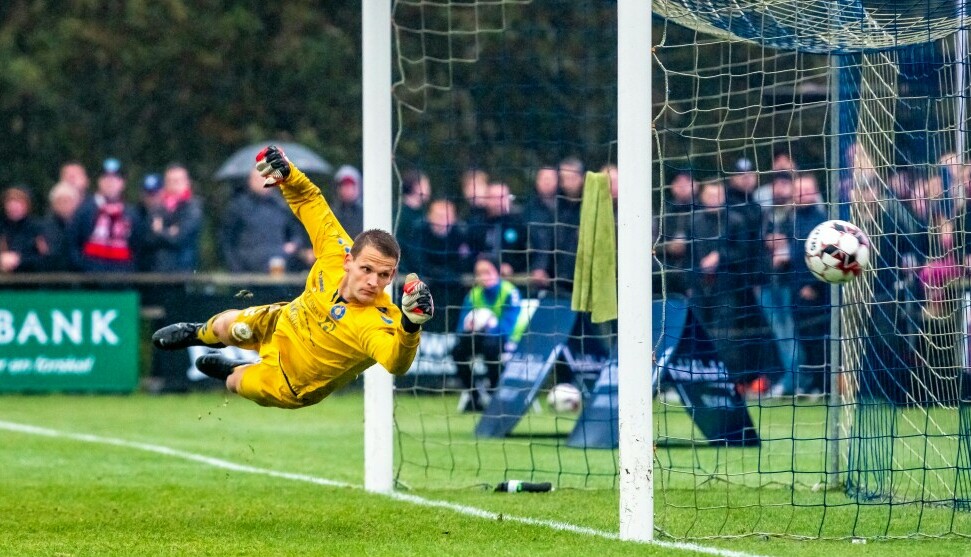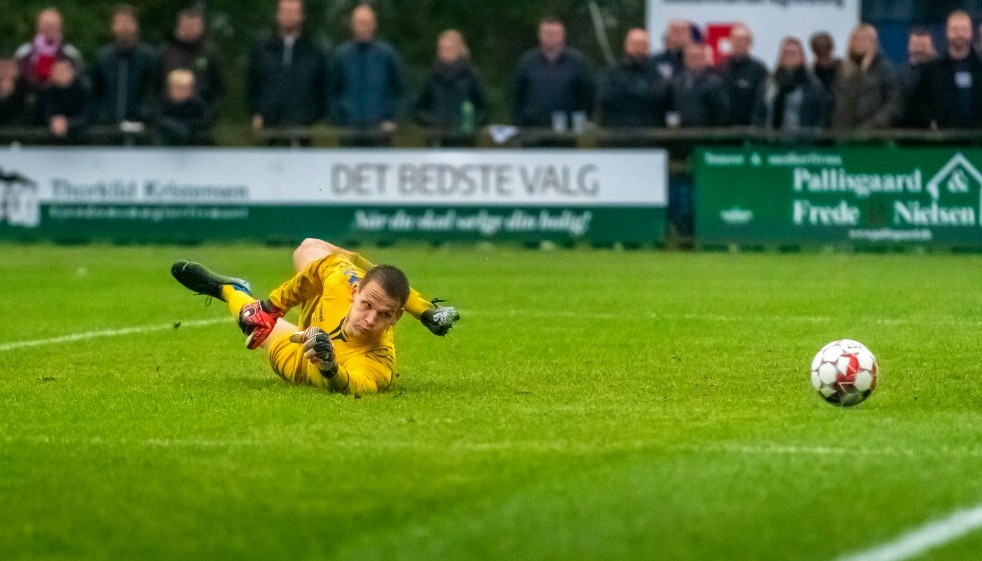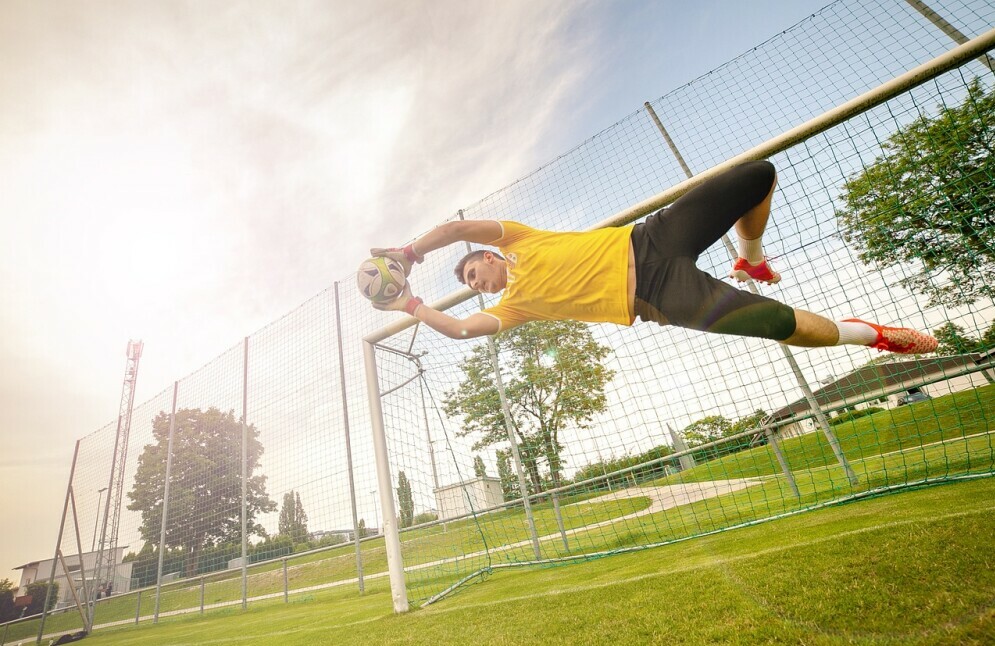
I’m going to kick things off by talking about what it takes to be a master between the posts. You’re going to find out about much more than just blocking shots; it’s about presence, prowess, and the art of the save.
Understanding the role of the goalkeeper is vital. It’s not just the last line of defense; it’s the first step to a counterattack. Positioning, reflexes, and decision-making are the tentpoles of effective goalkeeping, each as crucial as the other.
But here’s the key: the real game-changer for a goalkeeper’s performance is consistency. By showing up and putting in the work, day after day, you can turn raw talent into unbreakable expertise. This is where routine drills and specialized techniques come in.
Adapting to different playing styles and opponents is another critical piece of the puzzle. It’s about reading the game, not just the player in front of you. Making the right call at the right time can be the difference between victory and defeat.
In my opinion, a solid starting point for any aspiring goalkeeper is to build a strong foundation of physical fitness. That’s where core strength and agility take center stage, and lucky for you, that’s precisely what we’re diving into next. Yes, you’ll need to stretch your muscles and your mind as we explore drills that are designed to enhance your capabilities and keep you sharp on match day.
Core Strength and Agility Drills for Goalkeepers

You might be surprised to find out how crucial core strength is for goalkeepers. Not only does it help with diving and leaping for those top-corner saves, but it’s also key in preventing injuries. Choose exercises that focus on strengthening the abdominal and back muscles, which are pivotal for maintaining stability and balance during dynamic movements.
One of the techniques I’m going to walk you through involves agility ladder drills. These drills are not just for outfield players; they train goalkeepers to get their feet moving quickly and in a controlled manner. Enhanced footwork means better positioning and the ability to adjust your stance rapidly in response to fast-changing play.
Incorporating medicine ball exercises can take your training a notch higher. They build the explosive power needed to launch into dives or get up swiftly after a save. A medicine ball drill might involve tossing the ball against a wall and catching it while maintaining a solid goalkeeping stance.
I’m a big believer in the benefits of plyometrics for goalkeepers. Plyometric exercises, like box jumps or lateral hops, translate into a stronger and more explosive lower body. This isn’t just about jumping higher; it’s also about increasing your body’s overall ability to react with speed under pressure.
Now, let’s talk about how you can stitch these individual workouts into an effective training program. Balance is key, so your regimen should include a mix of core strengthening, agility, and plyometrics. Keep in mind, it’s important to give your body time to recover between workouts to maximize the benefits and reduce the risk of injury.
Advanced Techniques for Shot-Stopping

Mastering the art of diving is crucial for any aspiring goalkeeper. I’m going to walk you through techniques that not only enhance your ability to reach farther but also how to do so safely to avoid injury. It’s about controlled, powerful movements that get you where you need to be in the blink of an eye.
Your reaction time can make or break a game. That’s why you’re going to find out about drills designed to sharpen your speed and anticipation. Quick decision-making combined with physical agility results in those impressive, game-saving dives. From simulating game situations to using reflex training lights, I’m here to help you raise your game.
When the ball comes rocketing towards goal, handling it securely can drastically change the outcome of a match. So I’ll share with you handling drills that equip you to hold onto the ball, even under heavy pressure. We’re not just talking about catching, but also effectively punching or deflecting the ball when necessary.
Now what about angle play? Positioning is everything. If you position yourself well, you’re going to cut down the angles and make the goal seem smaller to your opponent. I’m going to delve into techniques that help you read the game and place yourself in the best possible spot to make the save.
Confronting an attacker in a one-on-one situation is about outsmarting them. I want to explain how maintaining composure and reading the attacker’s cues can help you stay one step ahead. Trust me, a well-timed advance or stay can disrupt their focus and up your chances of preventing a goal. And that’s not just helpful for you — it rallies your team and intimidates the opposition.
As we transition to mental strength and leadership in the next section, remember that shot-stopping isn’t just about physical prowess. Your mental game plays a pivotal role, too. Anticipating your opponent’s moves and staying calm under pressure can turn a good goalkeeper into a great one. So let’s keep that in mind as we explore how to build your mental resilience and leadership skills.
Mental Resilience and Leadership Training
I’m going to let you in on the not-so-secret ingredients to a top-notch goalkeeper: mental resilience and leadership skill. These qualities transform a good goalkeeper into a great one, providing the backbone for on-field excellence.
Building confidence is no small feat, and for goalkeepers, it’s about the mind as much as it is about reflexes. We’ll talk about ways to fortify that inner strength so you can stay calm and collected, even when the game’s on the line.
Communication is your bread and butter here. Directing the defense is not just about shouting orders; it’s about being the reliable cornerstone your team turns to. I’ll share tips on effective communication that render you the on-field general every team desires.
Stress is part of the gig, but managing it doesn’t have to be a nightmare. I’ve got some proven strategies that help you keep cool under pressure, ensuring that when the stakes are high, you’re not just ready—you’re in control.
Visualizing success isn’t just fluff; it’s a practiced technique that can give you the edge. We’ll explore mental rehearsal methods that prime your mind for winning plays.
Lastly, fostering a culture of continuous improvement and team cohesion goes a long way. It’s about setting a standard, encouraging teammates, and always striving for that next level of performance. Choose strategies that resonate with you, and you’ll see the difference not just in your own game, but in your team’s success.
